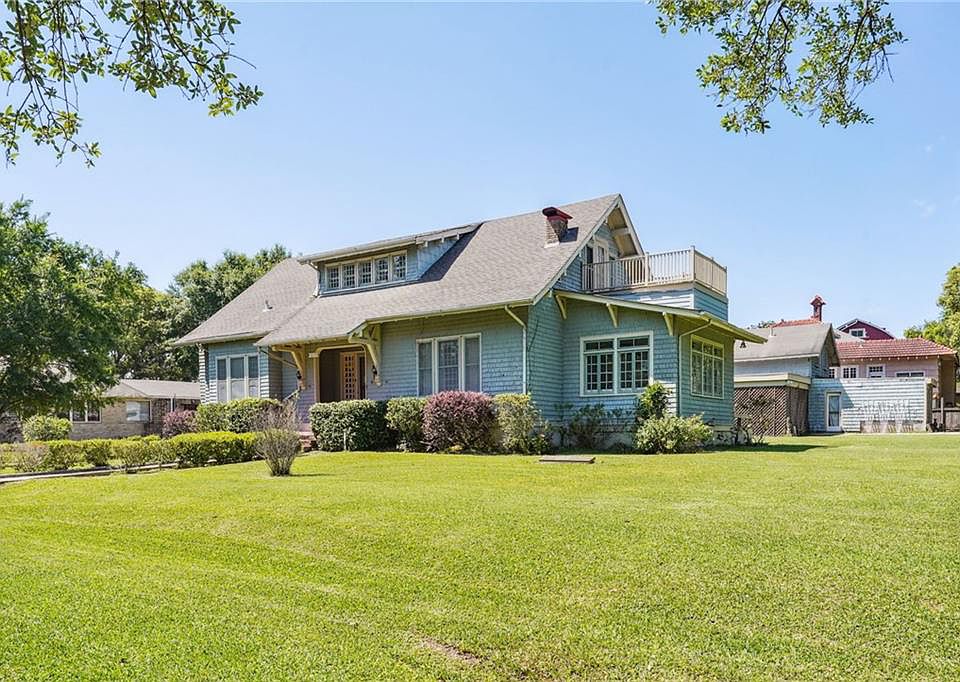The founding of Gentilly Terrace as a European settlement happened soon after the establishment of the Vieux Carré, or French Quarter, in 1718. Colonists Mathurin and Pierre Dreux in 1727 selected the natural levee along Bayou Sauvage as the site of their plantation, which they named Gentilly after the French community from which they came. Through the 19th century, this neighborhood was essentially rural, with a small village located three miles from the Vieux Carré. In 1909, three developers took interest in the area and advertised a new neighborhood as a place “where homes are built on hills.” Hills is an exaggeration, though Gentilly does sit on some of the highest land (four to five feet above sea level) in metro New Orleans, and many of its lawns do sit atop manmade hills.
Today, the neighborhood contains the largest collection of California Craftsman-style bungalows (built between 1910 and 1926) in the state, as well as English-style cottages and Spanish and Mediterranean Revival raised houses from the period of 1910 to 1940. Twenty-foot setbacks on all lots and the presence of venerable oaks on major boulevards create a park-like setting. The establishment of Dillard University in 1930 and improvements in drainage technology further spurred development. The Gentilly Terrace and Gardens Improvement Association was founded in 1935, and Gentilly Terrace was established as a National Register Historic District in 1999. This neighborhood was hard hit by Hurricane Katrina, with the levee failures sending more than seven feet of water into the area. But many residents returned and rebuilt the area, thanks in large part to the dedicated neighborhood association. Today, Gentilly Terrace continues to have a laid-back, almost country feel. Convenient to the lakefront, the University of New Orleans and Southern University at New Orleans, as well as downtown, it’s attractive to both young families and older residents.



